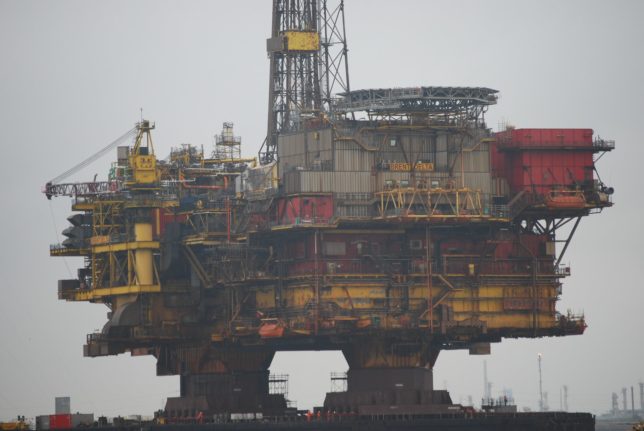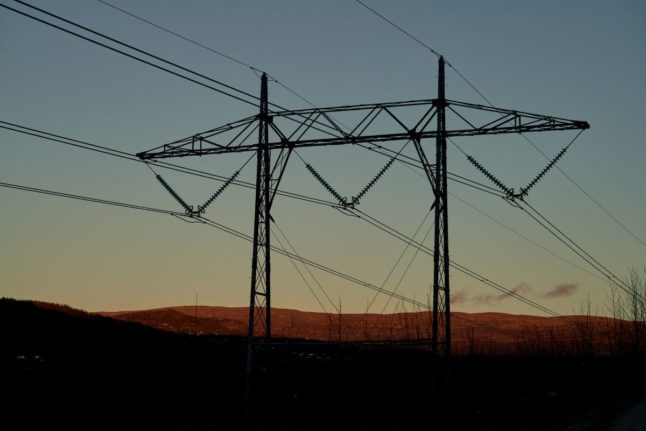In talks to pass its 2023 budget proposal, the centre-left minority government agreed to a request from the Socialist Left (SV) party, which has
made the climate a priority.
“SV had this at heart, they prevailed,” Prime Minister Jonas Gahr Store told a press conference.
Since 1965, a mechanism has allowed oil companies to apply for exploration licences in areas of the Norwegian continental shelf that have seen limited or
no exploration.
With the North Sea extensively explored, attention has turned to the Barents Sea in the Arctic, which is likely to contain Norway’s largest remaining hydrocarbon reserves.
The agreement does not rule out the awarding of licences in areas in so-called “mature” zones.
Though the chance of discovering large deposits in these areas is slimmer, they are still attractive to the oil industry because it is easier and cheaper
to develop existing facilities.



 Please whitelist us to continue reading.
Please whitelist us to continue reading.
Member comments